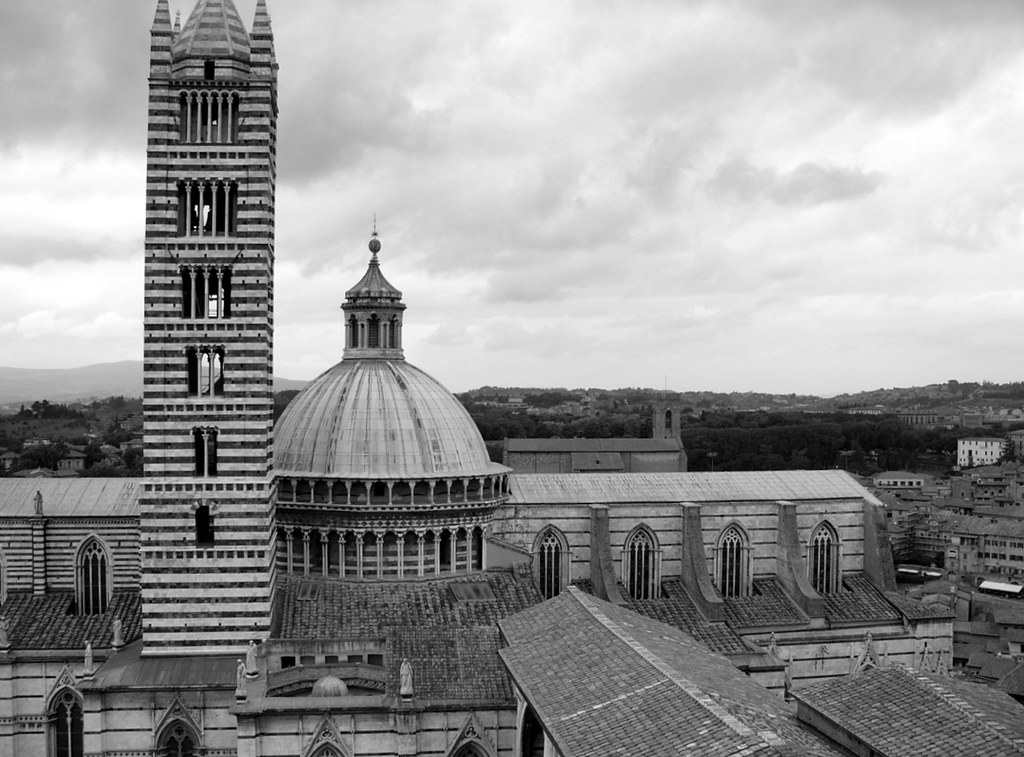
Meditation VIII.20 - Nature as Parable - Translated by George Long and rewritten by Russell McNeil
Nature has had regard in everything no less to the end than to the beginning and the continuance, just like the man who throws up a ball. What good is it then for the ball to be thrown up, or harm for it to come down, or even to have fallen? And what good is it to the bubble while it holds together, or what harm when it is burst? The same may be said of a light also.1,2
Explanation
(1) Marcus asks us to reflect on three distinct physical phenomena in this meditation: the dynamics of a ball moving in a parabolic arc under the influence of gravity, the physics of a bubble in equilibrium and governed (as we know now) by a balance of internal pressure and surface tension, and the propagation of a light beam. Although the ancient understanding of the details of physical phenomena might seem primitive to moderns, certain fundamental observations - the ones asserted here - remain valid. The basic tenet governing all three examples - one that Marcus seems to appreciate at least intuitively - is the principle of conservation. We infer this idea from his assertion that although in each of the examples given there is a significant change over the course of the event, something must also remain constant. This "thing" or "property" that does not change is the underlying reason that nature maintains its equal "regard" for the discussed effect at all times during the action: at the beginning of the event, during the event itself, and at the end of the event. This is an extraordinarily prescient claim from the ancient world because conservation laws in modern physics remain at the heart of all physical observations - from energy and momentum conservation at the macroscopic scale, to the conservation of the various properties of particles at the microscopic or quantum scale.
The meditative value of these physical examples derives from the Stoic belief that our moral and ethical guidance is written in the laws of nature. In a very real sense a physical law in nature performs the same sort of instructional role as a gospel parable - albeit one that requires careful reflection. Stoics do not direct their actions based upon a Mosaic or Koranic code. Stoic behavior is modeled exclusively on the Physics of the natural world. because the physics of the natural world is a direct manifestation of divine law. The Stoic "God" is not above nature, it is nature. The laws themselves are really the voice of divinity and these laws are the only "words" that a Stoic has to go by. The duty of the Stoic is to live according to nature, or according to the laws of nature as we come to know them. Like gospel parables, these laws are never explicit - they are like complex metaphors that require wisdom to decipher. Like parables they also require a willingness and openness to be understood in moral terms.
(2) This file is licensed under the Creative Commons Attribution ShareAlike 3.0. Attribution: Mila Zinkova.
Russell McNeil, PhD, is the author of The Meditations of Marcus Aurelius: Selections Annotated and Explained by Skylight Paths Publishing. The unpublished selections presented in this Blog are provided as supplemental material to the published selections which are annotated and explained in the book. The published selections are referenced in this Blog by page number and section.
No comments:
Post a Comment